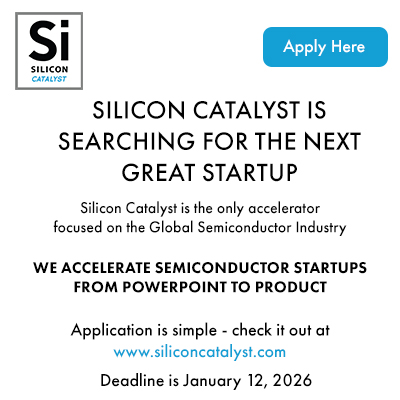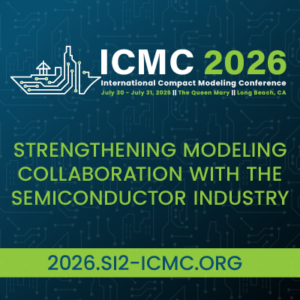
On July 18, 2025, Steve Greenfield, an early-stage investor and author, delivered a compelling 45-minute talk at DACtv on the future of mobility. Quoting futurist William Gibson—“The future is already here. It’s just not evenly distributed”—Greenfield explored how emerging technologies and business models are reshaping transportation across land, sea, air, and space, drawing from his book, The Future of Mobility. His presentation, structured in 12 sections, highlighted key trends, challenges, and opportunities in the mobility sector, emphasizing the role of innovative entrepreneurs in addressing them.
Greenfield began by defining mobility as the movement of humans or cargo across various modalities. His venture capital firm, on its third fund with 42 investments over four and a half years, seeks differentiated startups tackling mobility’s pressing issues. In ground transport, he noted U.S. trends since 1975: vehicle weight has remained stable, but horsepower and fuel efficiency have doubled, while tailpipe emissions have halved. However, a shift from passenger cars to heavier SUVs and pickup trucks has dominated, with franchise dealers maintaining consistent profitability (1.5-3% pre-tax margins) through complex business models, including used car sales, insurance, and service operations.
Electrification, a major focus, is growing but faces hurdles. U.S. battery electric vehicle (EV) sales have plateaued at 8-9% of new vehicles, with non-plug-in hybrids gaining traction. Greenfield identified three barriers to EV adoption: range anxiety, charger availability (one in five public chargers fails), and slow charging speeds. Advances in battery chemistry and inductive charging could resolve these, potentially tipping EVs toward dominance globally, though U.S. tax incentive cuts in 2025 may dampen demand short-term. Greenfield sees a future where EVs’ lower ownership costs drive widespread adoption once these issues are addressed.
China’s automotive rise was a key theme, with its manufacturers outpacing legacy automakers due to lax regulations, enabling faster innovation cycles. Greenfield warned that Chinese OEMs building U.S. factories will face stricter standards, like ISO 26262, potentially slowing their advantage but increasing costs. This regulatory gap currently handicaps Western manufacturers, who must comply with rigorous safety and environmental rules.
In response to audience questions, Greenfield addressed Intel’s exit from its automotive compute business, suggesting legacy automakers struggle with software competency and must partner with startups like Rivian or tier-one suppliers to compete. On autonomous vehicles, he tackled the LIDAR debate, advocating for redundancy over Tesla’s camera-only approach. Citing edge cases like bright sunlight or fogged lenses, he argued LIDAR’s incremental cost is justified for safety, despite Tesla’s cost-driven resistance.
Greenfield also touched on broader mobility trends, including urban air mobility (e.g., eVTOLs), maritime electrification, and space transport innovations. He highlighted the potential of fusion energy to eliminate fossil fuel reliance, noting significant venture capital interest in supporting such breakthroughs. His investment thesis focuses on backing entrepreneurs solving these challenges, from battery advancements to autonomous systems.
Drawing from Mike Maples’ Pattern Breakers, Greenfield illustrated how transformative ideas often hide in plain sight, using the pottery wheel’s 1,800-year delay in becoming a wagon wheel as an analogy. He urged attendees to connect the dots at conferences like DAC to identify and fund the next mobility breakthroughs. His optimism stems from the visible “seeds of the future” in current innovations, encouraging collaboration with smart entrepreneurs to drive progress. Greenfield invited attendees to request his presentation or book via email (steve@automotive.com), emphasizing the urgency of supporting visionary startups to shape a sustainable, efficient mobility future.
Also Read:
Chip Agent: Revolutionizing Chip Design with Agentic AI
Siemens EDA and Nvidia: Pioneering AI-Driven Chip Design
Insider Opinions on AI in EDA. Accellera Panel at DAC
Share this post via:








Quantum Computing Technologies and Challenges